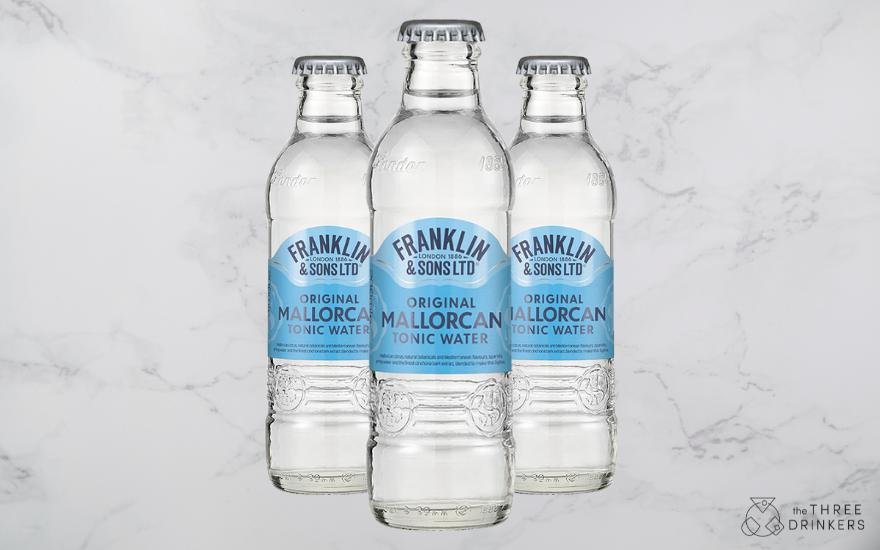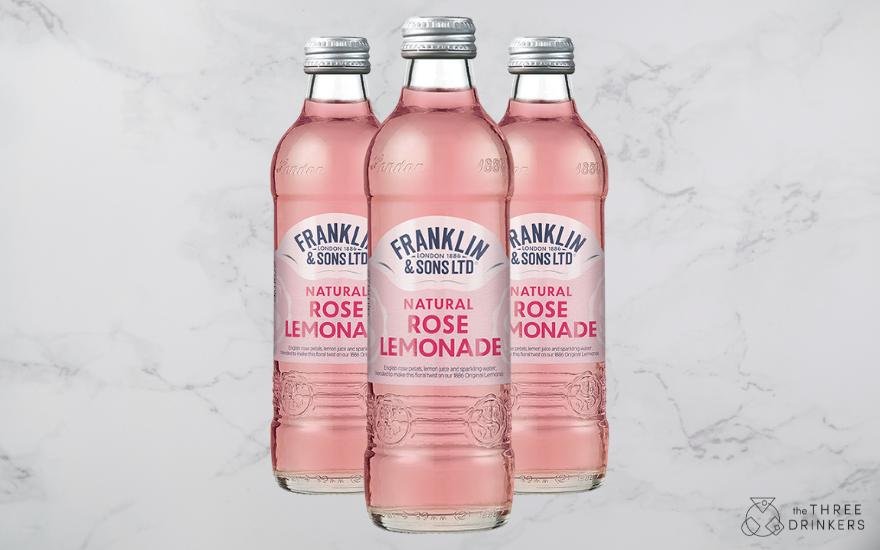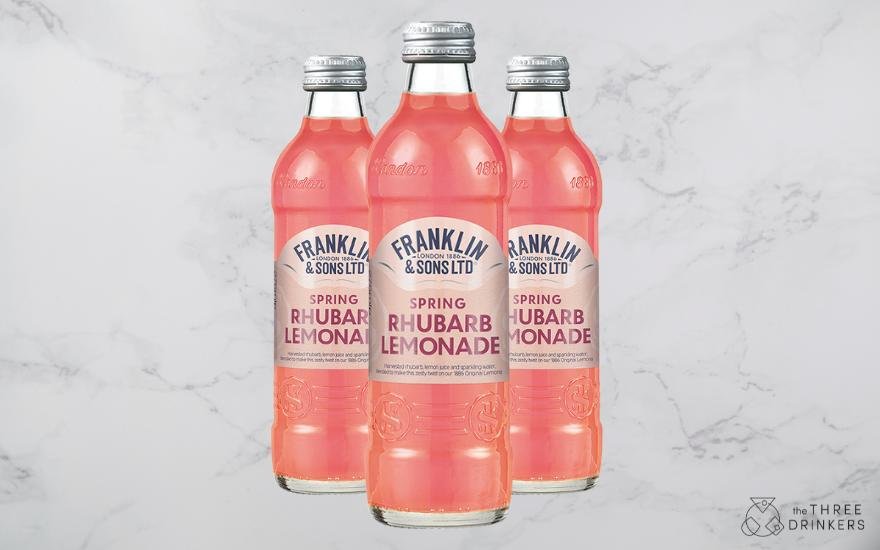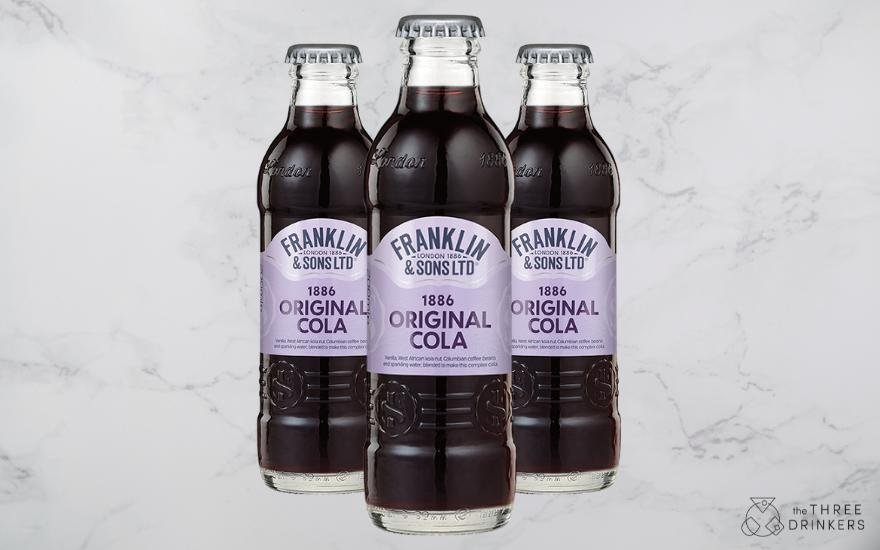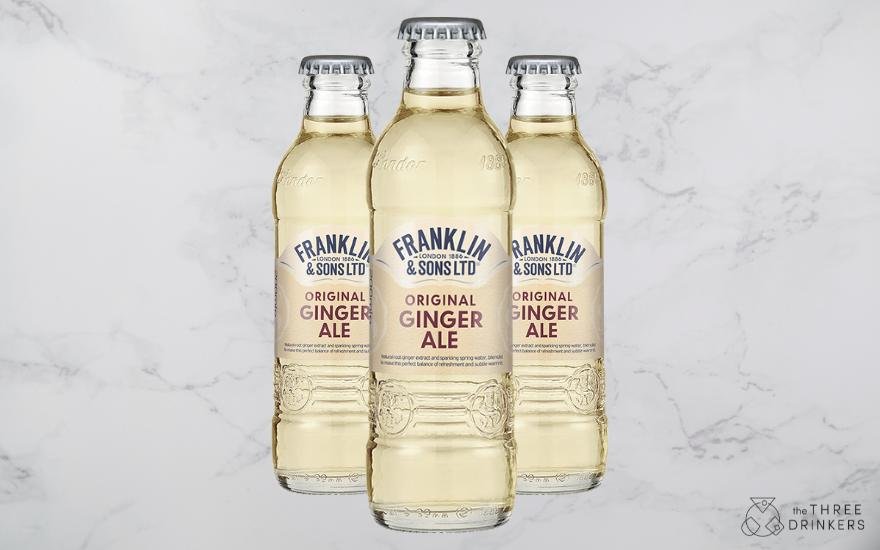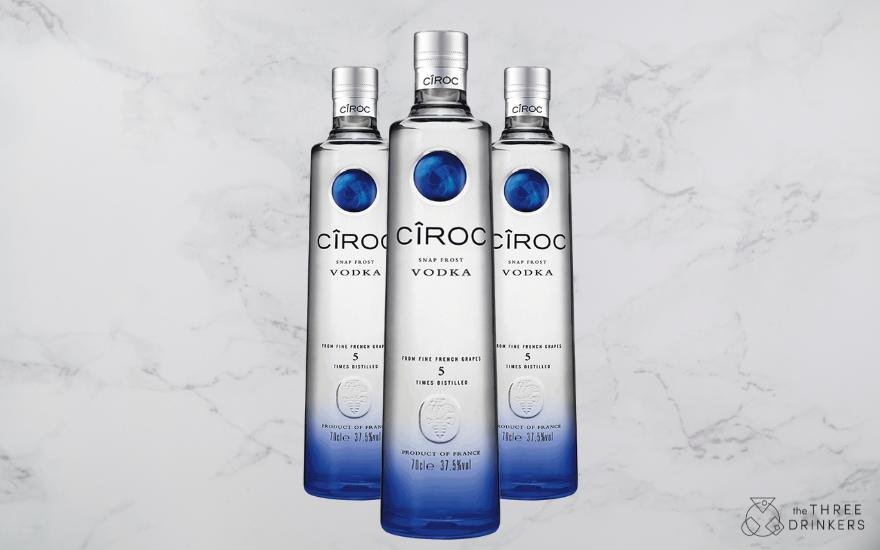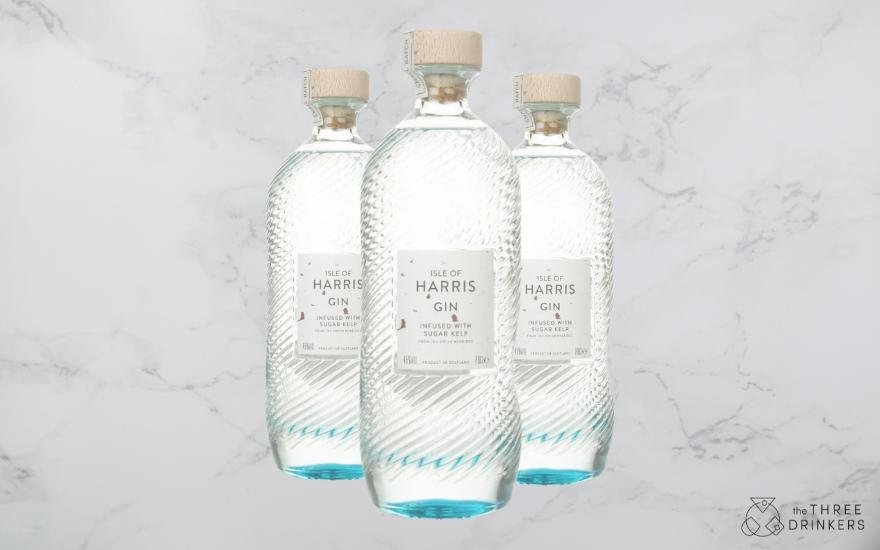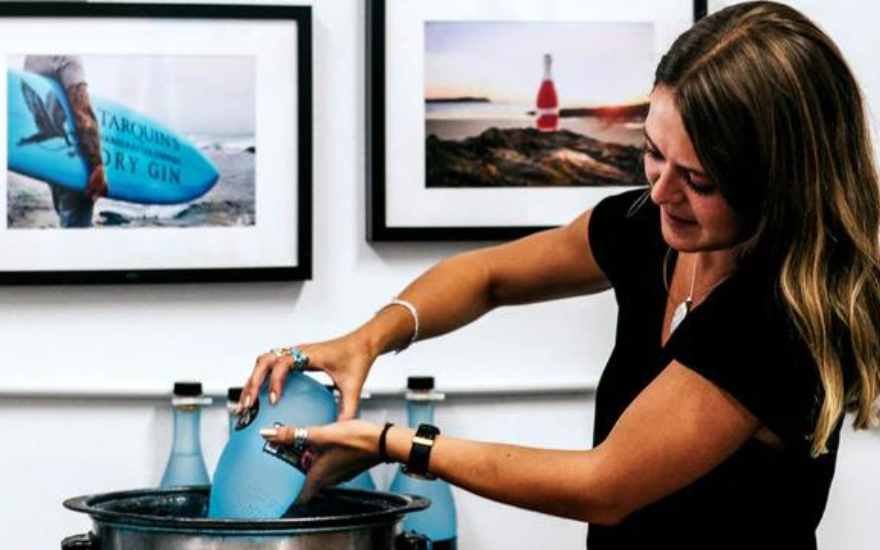In cocktails, sweetness can often take centre stage, but there’s a new flavour frontier among mixologists and spirit enthusiasts shaking up the bar scene: savoury spirits. These characterful and complex flavours offer a new dimension to the drinking experience for those who crave depth over sugar - and there’s definitely a growing trend for savoury offerings. From herbaceous and coastal gins to earthy vodkas to peppery tequilas, smoky mezcals and peated whiskies, savoury options redefine what it means to enjoy a well-crafted, spirited drink.
No ingredients are off the table to bridge the gap between the bar and the kitchen, and there’s much to savour; think cooking spices, earthy root veg, olives, garden herbs, foraged seaweeds, warming chilli peppers, roasted agave and smoky peat. Producers can work with almost anything that adds flavour to a spirit as long as it's approved for human consumption.
‘Botanicals’ although not a legally defined word in spirit production, is an overarching term for any part of a plant used to flavour a spirit such as fruit, leaves, roots, barks or seeds. Animal flavourings can also be used in production (eg pechuga mezcal as touched on below) but these are less common.
If you’re ready for new adventures in flavour, check out these are nine savoury spirits below!
Portobello Road No.171 Savoury Gin (London, UK)
Let’s begin with herbaceous botanicals and a Mediterranean-inspired gin produced with restaurateurs and foodies in mind. Portobello Road created this stand-out product to prove that gin doesn’t need to hide behind a floral or fruity identity to be popular. It’s a vibrant juniper-led gin made with a supportive blend that includes Calabrian bergamot peel, rosemary, basil, green olive and a pinch of Mediterranean sea salt to masterfully bring delicious notes of citrus, herb and delicate spice to the palate. Pair this savoury gin with Mediterranean or Mallorcan tonic for a refreshing gin and tonic and garnish it with a sprig of fresh rosemary. Particularly loved by Martini lovers, this also makes a splendid Dirty Martini or Gibson by adding dry vermouth, olive, brine or onion respectively. Once you’ve poured your drink, settle in for a cosy movie night with a Richard Curtis romcom set in Portobello such as Notting Hill or Love Actually. The absolutely perfect gin bottle, standing in front of a gin lover, asking them to love her.
Size: 700ml
ABV: 42%
Find here: £37.94
Isle of Wight Distillery Mermaid Gin (IOW, UK)
Leaving London, if sea air inspires you, you may already know about rock samphire - a plant that clings precariously to sea cliffs all around the British Isles. The people who make Mermaid Gin on the Isle of Wight hand-pick this botanical from chalk cliffs where it’s known locally as ‘Mermaid’s Kiss’, hence the gin’s name. In Shakespeare’s King Lear, the harvesting of Samphire was described as ‘a dreadful trade’. When Edgar tries to convince the blinded Gloucester that he’s standing on a clifftop at Dover, he describes the scene to him, explaining that “halfway down hangs one who gathers samphire - a dreadful trade - methinks he seems no bigger than his head.” A risky business to harvest, rock samphire (also known as sea fennel) stands out in this gin with a characterful citrus zing bringing you coastal notes, combined with peppery spice from the other ingredients which include juniper and grains of paradise.
No cliffhangers here, this is definitely a gin worth trying.
Size: 700ml
ABV: 41.5%
Find here: £36.05
Four Pillars Olive Leaf Gin (Australia)
Love olives? Then now let’s head down under to explore a multi-award-winning, bright and delicious savoury Aussie gin made with three types of cold-pressed extra virgin olive oil, olive leaf tea, rosemary, bay leaf, macadamia nuts and lemon myrtle. The aroma, flavour and texture of fresh olive is stunning. Very Mediterranean yet also very Australian at the same time.
Perfect for a Gibson martini or in a G&T garnished with rosemary to accentuate the positively olivey notes. Bonzer.
Size: 700ml
ABV: 43.8%
Find here: £36.25
Shanty Seaweed Botanical Vodka (Dorset, UK)
Heading back to the UK now to expand on the coastal theme, here’s an expertly crafted small-batch vodka from Dorset that blends five hand-foraged British seaweeds to create stunning undercurrents of umami flavour. The subtle depth of flavour is further enhanced by ‘ripples’ of Asia with wasabi, galangal, yuzu, bergamot and sea buckthorn together with a pinch of local Dorset sea salt to remineralise the purest of water with which the spirit is cut. Sip this and your taste buds instantly transport you somewhere quite magical and evoke the shoreline’s magnetic pull - you can almost hear waves softly lapping, whichever continent you’re on. The bottle itself is a work of art, fabulously reminiscent of a ship’s decanter, featuring a wrap-around design by Dorset artist Emma Brownjohn. As you turn the bottle around, the image distorts through the glass like you’re viewing the scene underwater! A vodka to savour, whether on its own or with a mixer.
Size: 700ml
ABV: 40%
Find here: £32
St George Distillery Green Chile Vodka (California, USA)
Staying with vodka, we now head to the US for a grain vodka that has a distinct flavour. In the glass, freshness meets a juicy, vegetal quality for a truly unique and delicious spirit. St George’s Green Chile vodka is made with five types of pepper with varying sweet/savoury qualities, all of which are grown in California: Jalapeño, Serrano, Habanero, Red Bell and Yellow Bell Pepper. The peppers in this spirit, combine with lime peel and coriander and result in rich and earthy aromas and flavours that dance on the palate to provide a spicy, perfect punch for the ultimate Bloody Mary.
Size: 700ml
ABV: 40%
Find here: £40.25
1800 Silver Blanco Tequila (Mexico)
Moving south from California into Mexico, here we find the brand that makes the world’s most-awarded Tequilas - with good reason. The key to 1800 Tequila’s excellence lies in its meticulous production process. Using 100% blue Weber agave, hand-picked from the fertile fields of the Jalisco region in Mexico, the brand embodies craftsmanship, quality and flavour. This unaged, pepper-forward, delicate spice tequila serves as a true representation of the pure essence of the agave plant. It offers a clean and crisp taste with subtle hints of citrus and pepper giving depth of flavour on which to base a refreshing Margarita.
Don’t let the reasonable price fool you, this is quality Tequila: the solution to all of life’s prickly situations.
Size: 700ml
ABV: 38%
Find here: £26 (normally £33)
QuiQuiRiQui Mole Pechuga Mezcal
Next we have a niche subcategory of Mexican spirit distilled from the agave plant: Pechuga mezcal. This is a nuanced, centuries-old, artisanal distillation method that remains unsung. Most pechugas follow a family formula passed down through generations, and call for local ingredients. Uncooked meat is usually suspended in the still to add animal protein/fats to the distillation process making it quite unique...
But the thing about QuiQuiRiQui Mole Pechuga is, it’s vegetarian-friendly! A small batch mezcal made with local Espadin agave that’s roasted, fermented and distilled using traditional methods. Then, instead of meat, homemade black mole paste is rested in the spirit for two weeks before the second distillation. The mole paste is made with chillies, sesame seeds, almonds, peanuts, garlic, onions, raisins, bananas and cacao. This intriguing expression combines the characteristic thick mouthfeel of pechuga mezcal with aromas of leather, earth, black pepper and chocolate complemented by notes of toasted nuts, stewed fruit, earthy spice, roasted cacao and peppery spice throughout the palate.
As savoury spirits go, this is so intriguing, it’s one you just have to try - whether you’re veggie or not.
Size: 700ml
ABV: 47%
Find here: £69.25
Caol Ila 12 year old Single Malt Whisky (Islay, Scotland)
Caol Ila’s 12 year old (Pronunciation: "kool-eela") is Islay’s hidden single malt aged in ex-bourbon casks. Presenting lighter and more subtly than other Islay peated whiskies with a malt smokiness, it’s a whisky that’s highly prized by connoisseurs. Following our theme of savoury spirits, this is the one that best fits a flavour profile reminiscent of summer barbeques. Think savoury, grilled food aromas and BBQ flavours with a light fragrant smokiness on the nose, and a pleasant brine on the palate. In Gaelic, Caol Ila means “Sound of Islay”, referring to the distillery’s location overlooking the strait between Islay and Jura. It’s a nice, uncomplicated, easy-drinking Islay Single Malt. Although peated whiskies aren’t to everyone’s tastes, I will say, many people who claim to not usually like peated whisky have said they enjoy drinking this one - just saying - a dram good trip - Islay be back.
Size: 700ml
ABV: 43%
Find here: £48.95
Linie Aquavit (Norway)
Finally, if you like an aged spirit but want something younger than 12 years old with a fine story, this one’s a must. On any trip to Scandinavia, one can be inundated by a complexity of spicy and savoury flavours, especially charismatic herbs such as dill, anise, coriander and caraway seeds. These are showcased perfectly in Norway’s national spirit, Linie Aquavit, which is now finding favour in some of the world’s more innovative bars. The distilled potato-based spirit derives its curious name from its unusual maturation at sea in oak casks, on board Norwegian trade ships that cross the equator (linie) twice en route to Australia and back again. This method results in many changes in temperature during the voyage which speeds up maturation. Check out the story on the label: “sailed to the other side of the world and back again for more than 200 years”. A bottle of Linie Aquavit on your table will provide both a talking point for your next family gathering and a delicious after dinner digestif best enjoyed the Scandinavian way - as a neat shot served at room temperature - with everybody drinking the shot in one. It can also be sipped of course. Aquavit’s herbal flavours will soothe the stomach and help with digestion after a large meal or family celebration. It complements many foods, and if you get a taste for it, you may even try pairing different styles of aquavit with different dishes. If you prefer to go your own way, it can also be served with a mixer over ice - but there’s no need to chill this bottle. It wouldn’t do those savoury flavours justice.
Size: 700ml
ABV: 41.5%
Find here: £37.83
I hope you feel inspired to try some new savoury spirits, either to drink on their own, with a mixer or in a delicious cocktail. There are plenty of new flavours out there to savour - as they say, the world’s your oyster!
By Robbie Jerram
To see more from Robbie either click on her bio above or here!


















